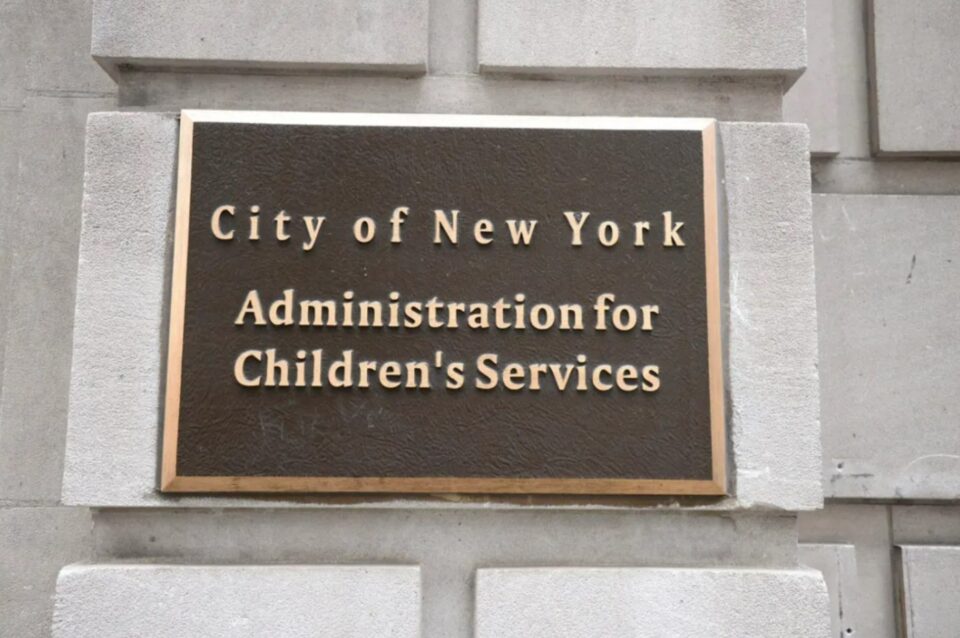
The Daily News investigative series “Big Money, Little Victims,” published 50 years ago, set in motion a cascade of city actions, philanthropic investment and advocacy that changed the course of child welfare in New York City.
Organized parents, youth, legislators, attorneys and advocates have demanded that the city work toward a more holistic goal for children’s safety: safe from harm at home, and safe from the harm of the system itself.
Today, New York City has one of the lowest rates of family separation in the country. Foster care entries have dropped by almost 50% in the past 20 years. Just since 2019, there’s been an overall decline in surveillance and separation with no compromise of safety. No child welfare system can stop every tragedy, but key measures of safety — repeat maltreatment of children at home and deaths of children known to the system — are the lowest in 10 years.
Even so, the Administration for Children’s Services remains a pervasive presence in Black and Latino communities. In Brownsville, 1 in 7 families experienced the terror of an ACS case in 2023 alone. In East Harlem, it was 1 in 8. Black children also were 15 times more likely to enter foster care than white children. Clearly, it’s possible to do far more to keep families out of crisis and out of the system.
One important step is to pass legislation that constrains overuse of the child welfare system. Bills before the Legislature would curb anonymous reporting and end penalties for not reporting, reducing calls driven by fear or spite. A “family Miranda” warning would help families defend themselves against needless state intrusion.
Dozens of studies show that economic shocks and hardships predict system involvement, while policies that soften the impact of setbacks reduce investigations, removals and even fatalities. New York City can better address the poverty that exposes families to child welfare involvement. Behind many crises that boil over as addiction, depression, or violence are months of scraping by, running from food pantries to housing court, cramming into shelter, waiting on treatment and going without.
Last year, a panel appointed by Gov. Hochul recommended a package of tax credits and benefits increases to achieve the state’s goal of cutting child poverty in half. This would also cut child welfare involvement. So would targeted assistance to vulnerable groups, like new mothers and young people aging out of foster care. The state “Baby Bucks” program and the city’s guaranteed income for new mothers are important steps.
We also know from research that neighborhood conditions impact families. Everyday surroundings — including parks and libraries, civic associations and neighborly relationships — offer significant advantages to children even if their own family is struggling. Yet neighborhoods where ACS involvement is high remain hobbled by decades of redlining and disinvestment. A proposed state fund to channel investment to these neighborhoods would lift a burden from families.
When families do run into trouble, the city can make it much simpler to find support. Our public systems don’t make it easy for parents to access resources that can calm a crisis, like emergency cash or youth mental health care. Teachers, hospital staff, police and other professionals often call the hotline not because children are in danger but because they think it’s the fastest way to connect a parent to help.
Ensuring that every family-serving system has a friendly front door can keep thousands of families from being reported to the hotline over basic needs. We also need to build up the capacity of trusted community groups, mutual aid and networks of neighborly care. Often, small acts of community — like backup babysitting, rides, or meals during a convalescence — keep family setbacks from becoming crises.
New York City can reverse its over-spending on child welfare and under-investment in families. That requires changing the “big money” at the federal, state and city level that incentivizes crisis intervention, at a cost to child safety.
“Big Money, Little Victims” alerted New Yorkers to a fault line in the structure of the city’s child welfare system — contracts structured not to serve families but sever them. Today, foster care contracts have changed but overall financing structures have not. Once again, investigative reporting can catalyze action. New York City is still spending big money on harmful approaches that could be far better shifted to prevent little victims.
McCarthy is the executive director of the NYC Family Policy Project, a think tank, and has worked with parents and young people impacted by child welfare in New York City for 25 years.

